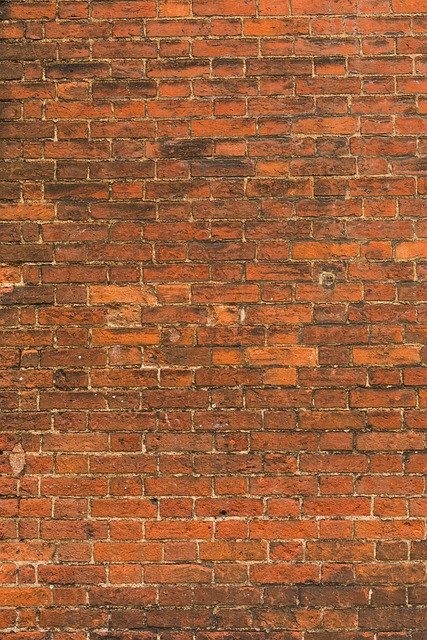Wall Repair for Houses and Buildings: Causes and Solutions
Wall repair is a common maintenance need for both houses and larger buildings, and addressing it promptly helps protect structural integrity, energy efficiency, and indoor comfort. This article explains common causes of wall damage, how to assess problems in cavity wall systems, the role of insulation and moisture control, practical repair methods for different wall types, and when to involve professional services in your area.

What causes wall damage in a house?
Wall damage in a house can come from a variety of sources. Common issues include moisture intrusion from leaking gutters or rising damp, thermal movement that opens cracks over time, foundation settlement causing structural cracks, impacts or vibrations, and weathering of mortar and brickwork. Interior plaster and paint may also deteriorate due to condensation or poor ventilation, which are signs rather than root causes.
Recognizing the underlying cause is important because cosmetic fixes like repainting will not resolve structural problems. Small hairline cracks from shrinkage are different from stepped or diagonal cracks near openings, which may indicate movement. Regular inspections help identify deterioration early and guide appropriate repairs.
How to assess a cavity wall?
A cavity wall consists of two separate leaves (inner and outer) with a gap between them. To assess a cavity wall, start with a visual inspection of the outer leaf for cracked or spalled bricks, open mortar joints, and signs of moisture. Inside the house, look for damp patches, cold spots on walls, or uneven thermal performance. Checking cavity wall ties (where accessible) for corrosion or failure is also important, as ties maintain the relationship between the two leaves.
If signs of damp or thermal bridging appear, non-invasive tools such as moisture meters and thermal imaging can help pinpoint issues. In many cases a targeted inspection by a professional will reveal whether repairs are limited to repointing and tie replacement or if more extensive work—such as remedial drainage or partial rebuilding—is needed.
Insulation and moisture: what to watch for
Insulation improves energy efficiency but must be compatible with the wall construction and moisture management strategy. Installing cavity wall insulation can cut heat loss, but if the cavity has bridging, blocked drainage paths, or defective flashings, moisture can be driven into masonry or internal finishes. Internally applied insulation without addressing ventilation or vapour control may increase condensation risk on cold surfaces.
Choose insulation materials and installation methods that suit the wall type, and ensure detailing around windows, rooflines, and damp-proof courses is correct. When retrofitting insulation in older buildings, consider a whole-house approach that evaluates breathability, ventilation, and the condition of the existing wall fabric to avoid unintended damp problems.
Repair methods for different wall types
Repair methods depend on whether the wall is masonry, timber-framed, or a modern cavity assembly. Typical approaches include repointing mortar joints to restore weatherproofing, replacing damaged bricks or blocks, stitching and epoxy repairs for non-structural cracks, and consolidating or rebuilding sections where the masonry has failed. Internal plaster repairs or re-plastering follow structural fixes to restore finishing surfaces.
For timber or framed walls, repairs may involve replacing decayed studs, improving flashing and weatherproofing, and addressing the cause of rot or insect damage. Always distinguish cosmetic repairs from structural interventions; structural repairs may require engineered solutions such as lintel replacement, strengthening, or underpinning, and these should follow building regulations.
When to involve professionals for a building?
For larger buildings or signs of serious damage, consult qualified professionals. Indicators that require professional assessment include large or growing cracks, walls that are out of plumb or bowing, evidence of subsidence, widespread damp or salt contamination, and failed cavity wall ties. Structural engineers, chartered surveyors, and experienced contractors can diagnose causes, specify repairs, and advise on compliance with building codes.
When engaging local services, ask for credentials, examples of similar work, and clear repair specifications. For complex repairs, a staged approach (investigation, temporary stabilization if needed, then permanent repair) helps manage risk. Ensure any remedial work on building envelopes also addresses moisture control and insulation to prevent recurrence.
Conclusion
Effective wall repair begins with accurate diagnosis: identify whether an issue is cosmetic, related to moisture or insulation, or structural. Cavity walls and insulation require careful assessment to avoid creating new moisture problems, and repair methods should match the wall type and severity of damage. For significant defects or uncertainty, involving qualified local services and following a planned repair strategy reduces the chance of recurrence and helps preserve the long-term condition of a house or building.






